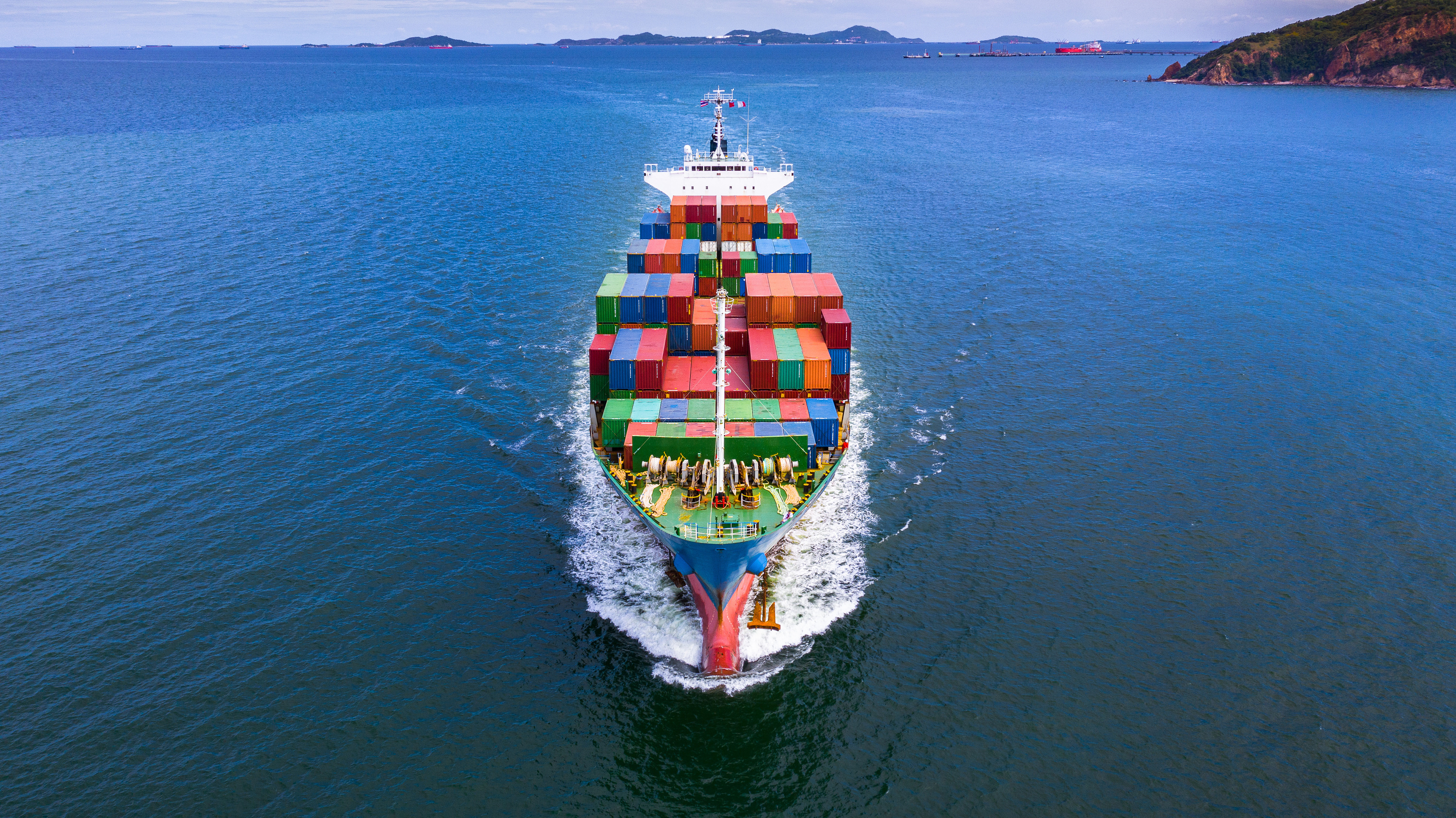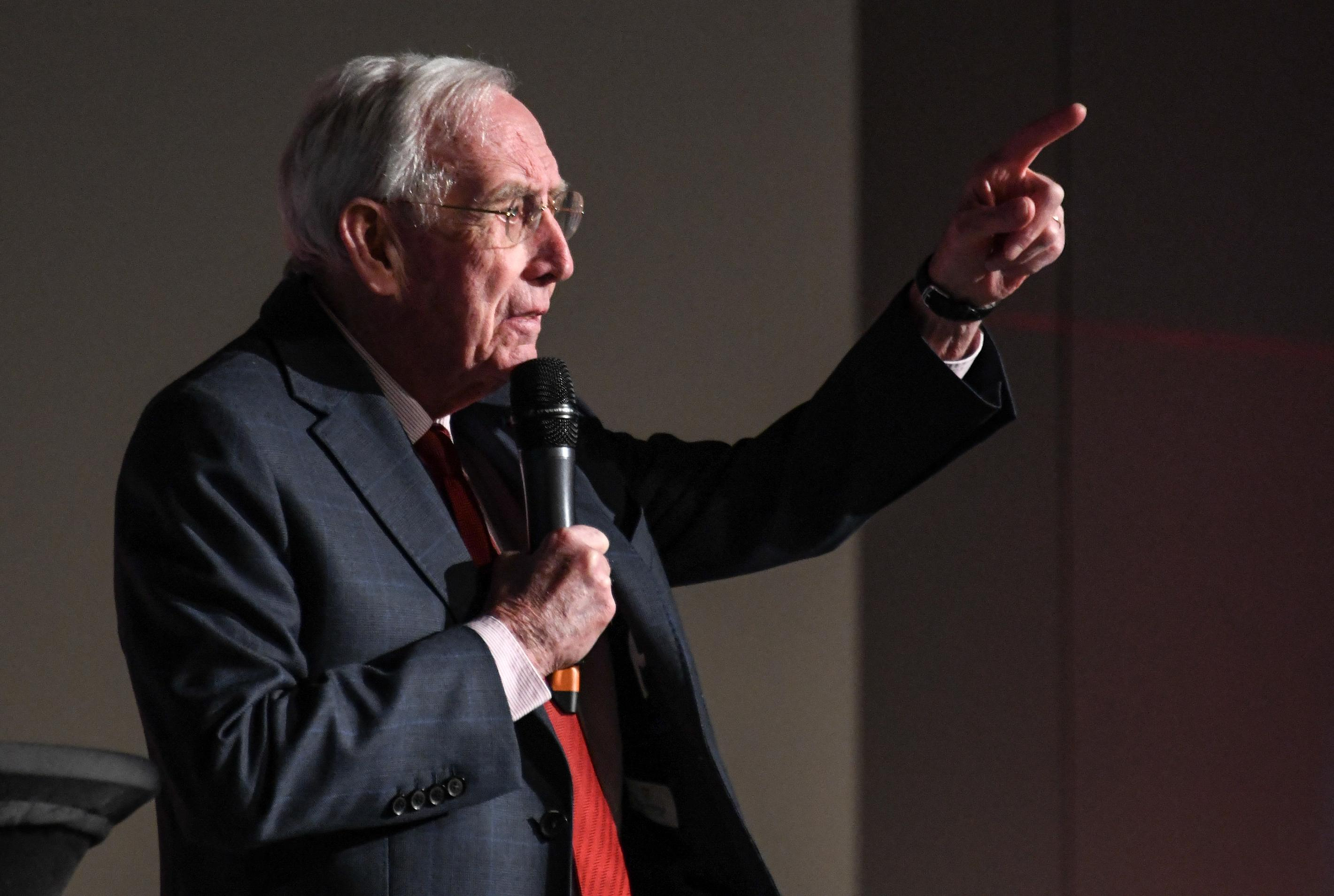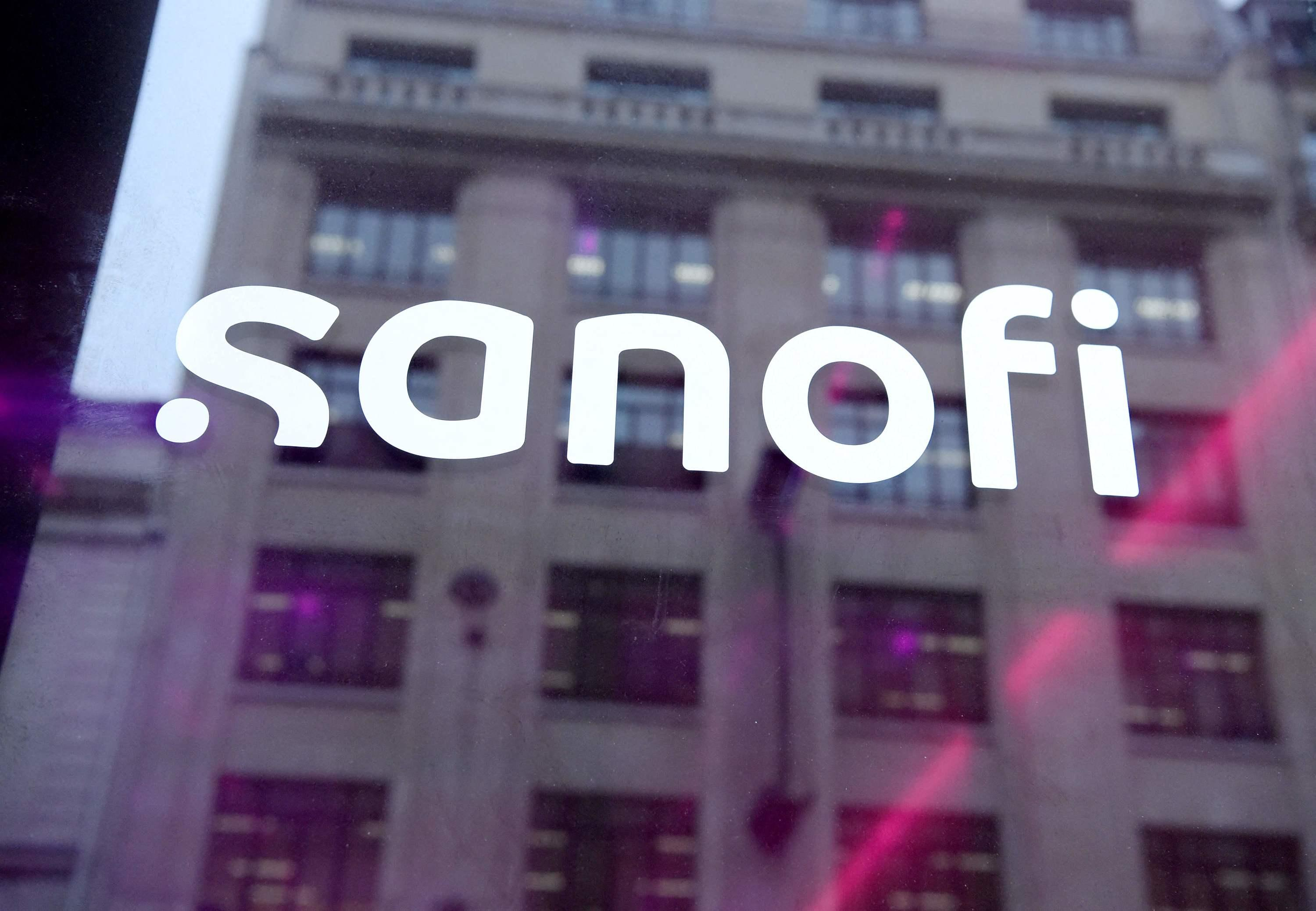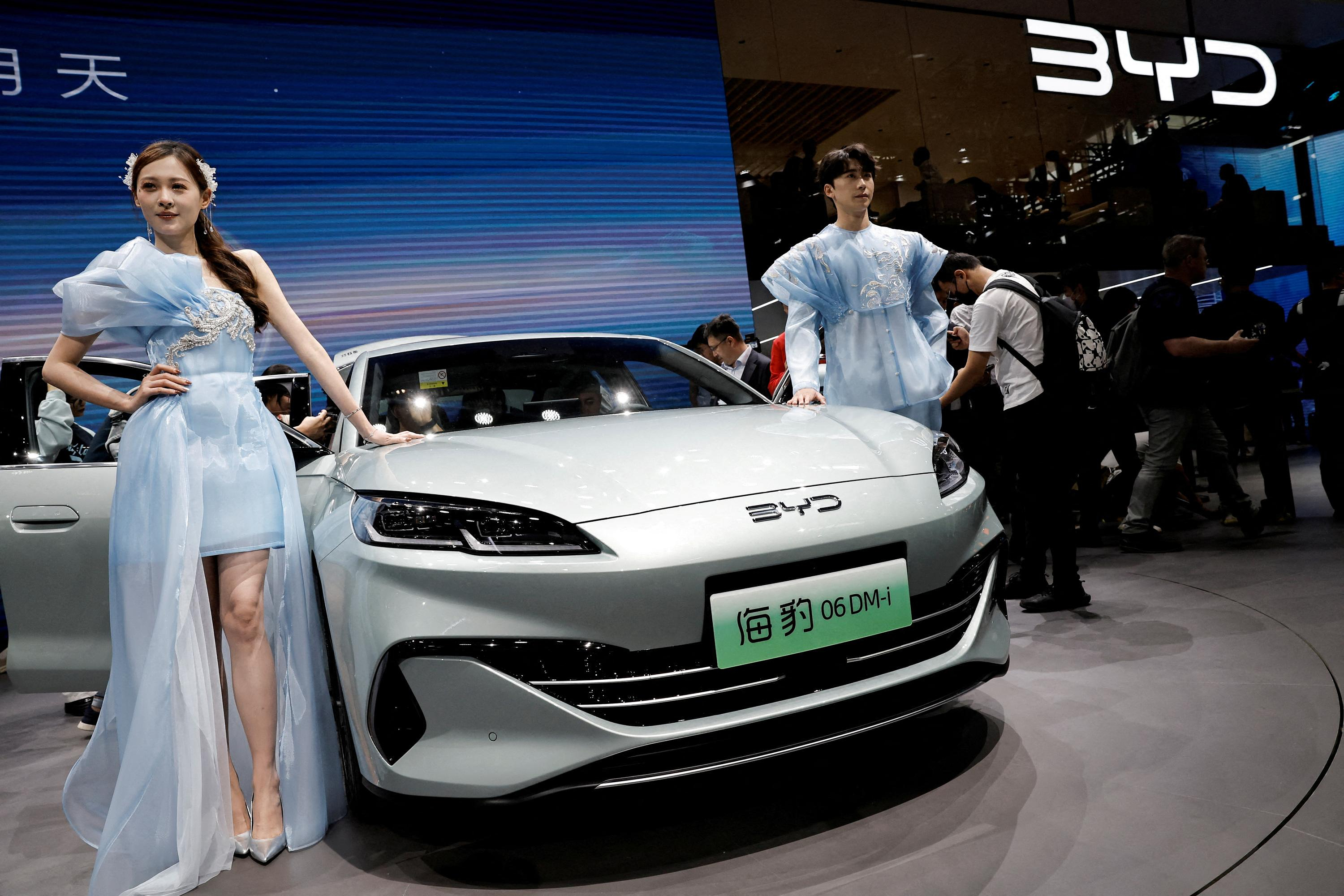Nobody has time when the traffic light on the Saigon River in Ho Chi Minh City turns green. Then Ho Kim Khanh accelerates on her motor scooter. Khanh leads a small group of adventurous crusaders who ride Vespas through what was once Saigon, Vietnam. Just like the locals do every day.
"There are around three million mopeds in the city," says Khanh. And that with around eight million people. Everything is transported on the mopeds: the family with several children, sleeping or awake. Huge cages. Packages with dozens of folded cardboard boxes. Anything you can think of can be accommodated on the scooters. Also the handful of tourists who found their way to Ho Chi Minh City from the industrial port in Phu My.
The port is two hours from the city center - not uncommon on this Southeast Asia cruise, which departs from Singapore and makes stops in Malaysia and Vietnam to Ko Samui and Bangkok in Thailand. "That's because a ship of our size can't call at every port," explains Ioannis Anastasiou, the captain of TUI Cruises' "Mein Schiff 5".
It is a cruise of contrasts. Outside: lively life under the tropical sun and high humidity in these four countries. Inside: everything as you know it from home. The cabins are tidy, the shopping arcade is called “Neuer Wall” and on days at sea the cruise director asks you not to reserve loungers early in the morning.
The bread in the buffet restaurant is whole grain, there is lard, jelly and fried potatoes, plus a butter machine and well-assorted sausage and cheese platters. Exotic countries and the well-known homeland, both combined in one journey.
In the "Atlantik" restaurant, a main course is served every day in the five-course menu that is typical of the country that the ship is currently visiting - in Thailand's Ko Samui, for example, this is a chicken skewer with lemongrass and pineapple. However, the majority of the dishes come from classic German cuisine.
The fruit buffets, however, are stocked more and more with tropical fruits, the longer the journey lasts. Papaya, guavas, passion fruit and one or the other fruit that is rather unknown to Germans. Some things like dragon fruit, mangosteen or langsat you have to buy yourself on one of the shore excursions.
The best way to do this is if you as a sea traveler have booked excursions that take you directly into the hustle and bustle of the metropolises of Singapore, Kuala Lumpur, Ho Chi Minh City or Bangkok. Or dares to venture into foreign worlds alone, without a tour guide.
This is not a problem at most ports called. Taxi drivers are everywhere and offer not only transport to the centers for comparatively little Malaysian ringgit, Vietnamese dong or Thai baht, but also sometimes city or island tours to the most important sights.
It is important that both the driver and at least one of the passengers in the group speak English - and that the price for the tour is agreed before departure.
More cautious or inexperienced passengers can book a wide range of excursions on board: comfortably with the bus, which is usually waiting right at the pier. Or by bike, which puts you right in the middle of things and sometimes causes the roles to be reversed. While the cyclists take photos of temples, mosques and street scenes at the numerous stops, as a group with their blue helmets they themselves become a photo motif - for the locals, who photograph them from the side of the road with their mobile phones.
Admittedly, a certain temple fatigue can spread over time on the two-week cruise. Discovering the Buddha Tooth Relic Temple in Singapore and the Batu Caves in Kuala Lumpur begin the journey.
One is a Chinese Buddhist temple with what appears to be a Buddha tooth. The other is a Hindu temple in a limestone cave. Here you have to climb 272 colorful, steep steps to the entrance at almost 30 degrees and be careful not to pull the glasses off the head or the food from the backpack of a long-tailed macaque.
A man in Malaysia was amazed when he found his lost smartphone in the garden. A monkey apparently stole it from his house - and then just tried out what the device can do.
Source: WORLD
But as the travel time increases, the multitude of temples in Penang and Langkawi, in Ho Chi Minh City, on Ko Samui and in Bangkok are slowly perceived as a must-see. Temple seen, next stop please.
Deities can be seen in the most diverse variants: standing, sitting, lying. On Ko Samui there is even a mummified monk who has a temple dedicated to him.
The bustling markets in the cities are fascinating and exhausting at the same time. Each exotic piece of fruit such as the prickly rambutan, the hedgehog durian, the mangosteen that looks a bit like plums, the guava and the small banana trees are becoming more familiar by the day.
The colorful but mostly odorless flowers such as carnations and orchids, roses and lotus flowers, jasmine and dahlias can be found in many places at the flower markets. The fresh blossoms are not only bought to beautify the home or office, but also and above all to bring them to the temples as offerings.
There are "shopping malls" everywhere - mainly for the big brands of this world and always cooled down to icy temperatures. But the real business is done in the markets. Here you can find everything in a small space and always stubborn salespeople.
Our Central European understanding of hygiene is sometimes challenged on the “wet markets”. Meat, fish and seafood are offered here – stored in the open air on melting ice.
However, the crusaders have no use for raw meat anyway. You're more likely to find what you're looking for in the food stalls and stalls in the cities - if you need a new experience, in contrast to the often very local dishes on the ship.
In Thailand in particular, you should make sure that you order the dishes with as little "spice" as possible, i.e. with little heat - because even "little hot" can cause lips and tongue to burn.
No matter where the ship docks: At every stop it is worth exploring the places on foot, by bike, scooter or in a tuk tuk - so that you can stop anywhere. To not only see the cities from afar, but to feel their energy. To perceive the smells, to start a conversation with people. To get a cool coconut from one of the street vendors in between.
In three of the four countries visited, the British were colonial powers for a long time and, in addition to the architecture, which is often in excellent condition, also left-hand traffic.
Only in Vietnam do you drive on the right and in Ho Chi Minh City you can see a Notre Dame Cathedral and the old Central Post Office designed by a certain Gustave Eiffel. The French came here in the 19th century and left their mark on the country, which is still socialist today. The Vietnam War, known locally as the American War, has its own museum in Ho Chi Minh City.
Southeast Asia travelers have to do their homework, says Jörg Müller, general manager on the ship. The countries do not open up as easily as those bordering the Mediterranean Sea or the chronically cheerful Caribbean.
"The four countries on this trip are so diverse that you can only get a first impression of them on the cruise," says Müller. Nonetheless, no one needs to rummage through history books and travel guides in order to go ashore with plenty of information.
Lecturer Ernst Bahns has summarized history, stories and facts in clear presentations, which he shows on days at sea in the ship's theater, which is often full. He has lived and worked in the regions for a long time - and is very familiar with the goals and customs in Asian countries.
The information and tips - such as how to get from side to side between scooters on Vietnamese roads - are appreciated by the approximately 2,500 passengers on board.
Because the countries on the Strait of Malacca, on the South China Sea and on the Gulf of Thailand are clocked very differently than you are used to from well-stocked Germany. In addition to the climate, this is a challenge for some crusaders, who enjoy the journey to this often foreign world - but seem happy when they have gone back up the gangway.
Up into the ship world, which is more familiar. And a lot less boisterous.
Course of the cruise: TUI Cruises offers various routes in Southeast Asia. The journey described with the "Mein Schiff 5" took 14 days from Singapore via Port Klang near Kuala Lumpur, Penang and Langkawi (all in Malaysia) to Phu My near Ho Chi Minh City (Vietnam), Ko Samui and Laem Chabang near Bangkok (Thailand) back to Singapore.
Arrival: Lufthansa and Singapore Airlines fly directly to Singapore from Munich and Frankfurt/Main.
Corona: For cruises from/to Singapore and Hong Kong, TUI Cruises still has a test and vaccination requirement. All passengers over the age of four must therefore present a negative corona test, and everyone over the age of twelve must also provide proof of Covid 19 vaccination (meinschiff.com/aktuelle-reiseinformation).

 Poland, big winner of European enlargement
Poland, big winner of European enlargement In Israel, step-by-step negotiations for a ceasefire in the Gaza Strip
In Israel, step-by-step negotiations for a ceasefire in the Gaza Strip BBVA ADRs fall almost 2% on Wall Street
BBVA ADRs fall almost 2% on Wall Street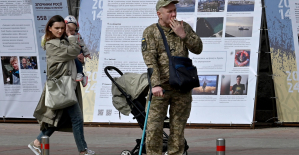 Ukraine has lost 10 million inhabitants since 2001... and could lose as many by 2050
Ukraine has lost 10 million inhabitants since 2001... and could lose as many by 2050 Sánchez cancels his agenda and considers resigning: "I need to stop and reflect"
Sánchez cancels his agenda and considers resigning: "I need to stop and reflect" The Federal Committee of the PSOE interrupts the event to take to the streets with the militants
The Federal Committee of the PSOE interrupts the event to take to the streets with the militants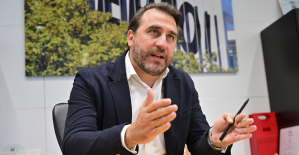 Repsol: "We want to lead generative AI to guarantee its benefits and avoid risks"
Repsol: "We want to lead generative AI to guarantee its benefits and avoid risks"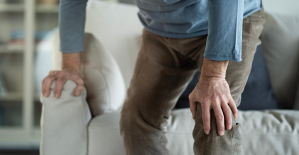 Osteoarthritis: an innovation to improve its management
Osteoarthritis: an innovation to improve its management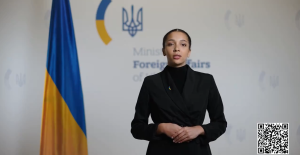 Ukraine gets a spokesperson generated by artificial intelligence
Ukraine gets a spokesperson generated by artificial intelligence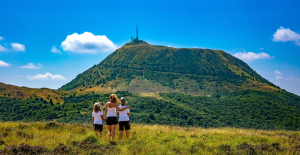 The French will take advantage of the May bridges to explore France
The French will take advantage of the May bridges to explore France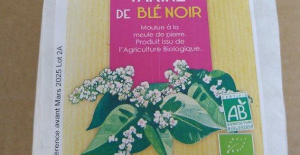 Organic flour contaminated by a recalled toxic plant
Organic flour contaminated by a recalled toxic plant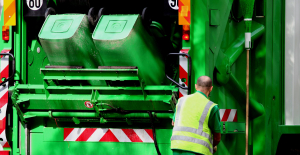 2024 Olympics: Parisian garbage collectors have filed a strike notice
2024 Olympics: Parisian garbage collectors have filed a strike notice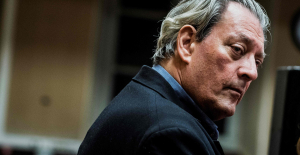 Death of Paul Auster: Actes Sud says he is “lucky” to have been his publisher in France
Death of Paul Auster: Actes Sud says he is “lucky” to have been his publisher in France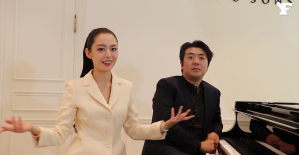 Lang Lang, the most French of Chinese pianists
Lang Lang, the most French of Chinese pianists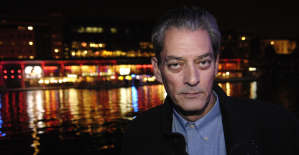 Author of the “New York Trilogy”, American novelist Paul Auster has died at the age of 77
Author of the “New York Trilogy”, American novelist Paul Auster has died at the age of 77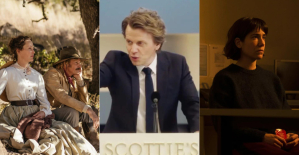 To the End of the World, The Stolen Painting, Border Line... Films to watch this week
To the End of the World, The Stolen Painting, Border Line... Films to watch this week Omoda 7, another Chinese car that could be manufactured in Spain
Omoda 7, another Chinese car that could be manufactured in Spain BYD chooses CA Auto Bank as financial partner in Spain
BYD chooses CA Auto Bank as financial partner in Spain Tesla and Baidu sign key agreement to boost development of autonomous driving
Tesla and Baidu sign key agreement to boost development of autonomous driving Skoda Kodiaq 2024: a 'beast' plug-in hybrid SUV
Skoda Kodiaq 2024: a 'beast' plug-in hybrid SUV The home mortgage firm rises 3.8% in February and the average interest moderates to 3.33%
The home mortgage firm rises 3.8% in February and the average interest moderates to 3.33% This is how housing prices have changed in Spain in the last decade
This is how housing prices have changed in Spain in the last decade The home mortgage firm drops 10% in January and interest soars to 3.46%
The home mortgage firm drops 10% in January and interest soars to 3.46% The jewel of the Rocío de Nagüeles urbanization: a dream villa in Marbella
The jewel of the Rocío de Nagüeles urbanization: a dream villa in Marbella Europeans: a senior official on the National Rally list
Europeans: a senior official on the National Rally list Blockade of Sciences Po: the right denounces a “drift”, the government charges the rebels
Blockade of Sciences Po: the right denounces a “drift”, the government charges the rebels Even on a mission for NATO, the Charles-de-Gaulle remains under French control, Lecornu responds to Mélenchon
Even on a mission for NATO, the Charles-de-Gaulle remains under French control, Lecornu responds to Mélenchon “Deadly Europe”, “economic decline”, immigration… What to remember from Emmanuel Macron’s speech at the Sorbonne
“Deadly Europe”, “economic decline”, immigration… What to remember from Emmanuel Macron’s speech at the Sorbonne These French cities that will boycott the World Cup in Qatar
These French cities that will boycott the World Cup in Qatar Top 14: Fijian hooker Narisia leaves Racing 92 and signs for Oyonnax
Top 14: Fijian hooker Narisia leaves Racing 92 and signs for Oyonnax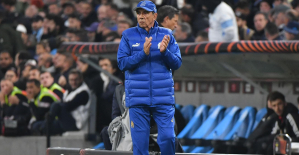 Europa League: Jean-Louis Gasset is “wary” of Atalanta, an “atypical team”
Europa League: Jean-Louis Gasset is “wary” of Atalanta, an “atypical team” Europa League: “I don’t believe it…”, Gasset jokes about Aubameyang’s age
Europa League: “I don’t believe it…”, Gasset jokes about Aubameyang’s age Foot: Rupture of the cruciate ligaments for Sergino Dest (PSV), absent until 2025
Foot: Rupture of the cruciate ligaments for Sergino Dest (PSV), absent until 2025




